Sibuyan Air Campaign
& The Battle Of Sibuyan Sea
|
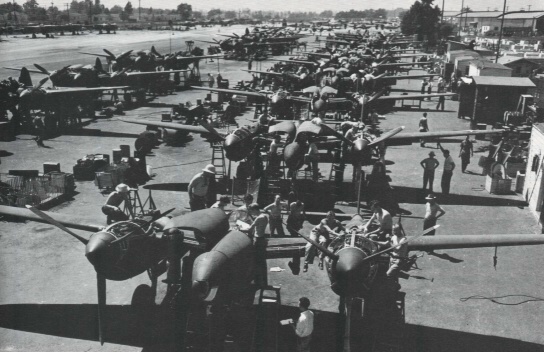
U.S. PREPARATIONS FOR SIBUYAN AIR CAMPAIGN
|
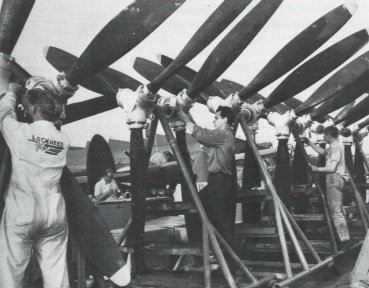
|
President Franklin D. Roosevelt, realizing America's need for enough modern aircraft to fight a war, went before U.S. Congress
earlier and called on industry to produce at least 50,000 planes a year. By 1943, american factories even surpassed the 50,000
planes a year by 35,898 adopting the method of mass production originally invented by Henry Ford for his car manufacturing plant.
The U.S. quick response by mass producing warplanes to be deployed in various parts of the world, including Sibuyan Sea during
the war makes them superior over any airforces in the world. Seen here are technicians and workers at the Lockheed plant in
Burbank, California, skillfully constructing the P-38 Lightnings on an outdoor assembly line.
|
|
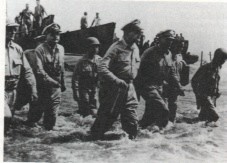 Preparing for the pacific and Sibuyan air campaign.
Preparing for the pacific and Sibuyan air campaign.
|
 Promise fulfilled
Promise fulfilled
|
|
Air technicians at Lockheed mass production facility put the finishing touches on the three-bladed P-38 propellers.
|
General Douglas MacArthur with Filipino General Carlos P. Romolo and other officers wades ashore on the Visayan island of Leyte on October 22, 1944, two and a half years after his famous promise "I shall return" to the Filipino people. From his command post in Leyte he would be directing the Sibuyan Air Campaign against the Japanese Imperial Navy Fleet now in Sibuyan Sea.
|
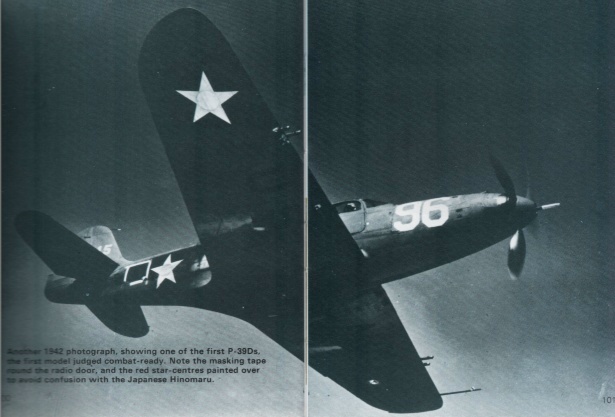 U.S. AIR SQUADRON OVER SIBUYAN SEA
U.S. AIR SQUADRON OVER SIBUYAN SEA
|
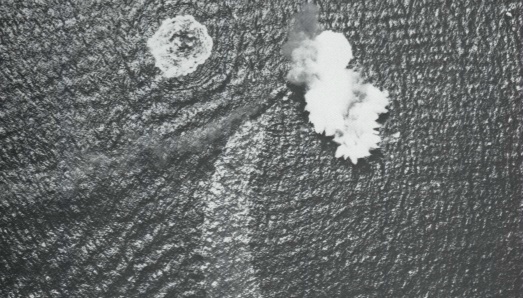 U.S. air squadron has just spotted the Japanese warships down Sibuyan Sea
U.S. air squadron has just spotted the Japanese warships down Sibuyan Sea
|
|
The U.S. air squadron heading towards Sibuyan Sea.
|
In a matter of minutes, pilots of U.S. war planes will wipe out all Japanese warships in Sibuyan Sea.
|
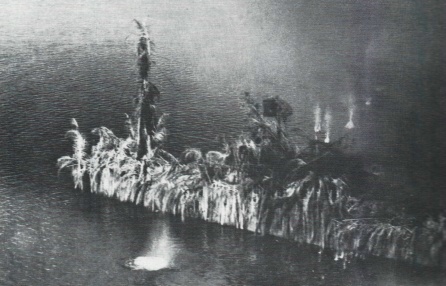 Pay back time as the first Japanese Destroyer hit by U.S. bomb. The Sibuyan Sea Actions has begun.
Pay back time as the first Japanese Destroyer hit by U.S. bomb. The Sibuyan Sea Actions has begun.
|
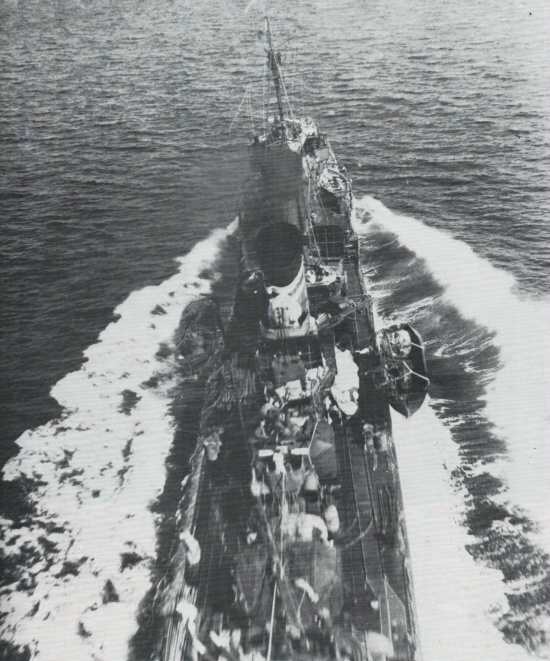 Japanese warship disguise as island
Japanese warship disguise as island
|
|
The Japanese destroyer in Sibuyan Sea is covered by smoke as a result of direct bomb hit as it desperately manuevered trying to avoid being hit by the U.S. bombs.
|
Another desperate atempt to escape punishment by the Allied Forces,
the Japanese warship hoped to avoid bombardment but in vain.
|
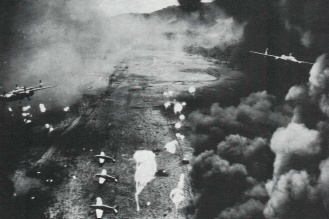 Japanese warship scrambling for cover
Japanese warship scrambling for cover
|
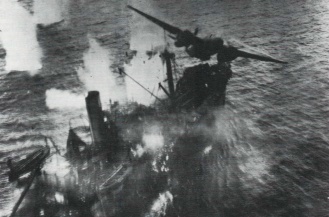 Nearing completion, the Sibuyan air campaign is raging with smokes everywhere.
Nearing completion, the Sibuyan air campaign is raging with smokes everywhere.
|
|
Nowhere to hide in Sibuyan Sea. Minutes later this Japanese warship will be buried by the U.S. bombs deep in Sibuyan Sea forever.
|
In a few more minutes, Sibuyan Sea will be back to silence.
|
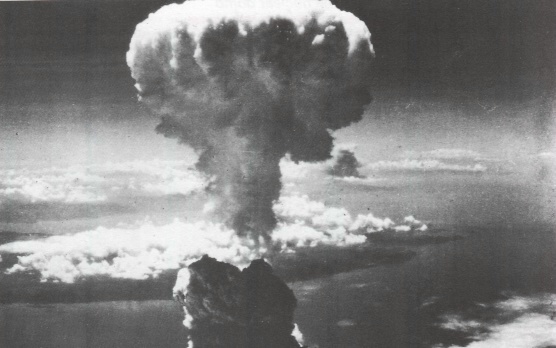 The last Japanese warship
The last Japanese warship
|
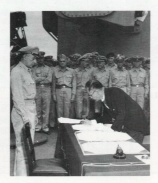 The begining of the End of World War 2
The begining of the End of World War 2
|
|
Struggling to survive, the last Japanese warship in Sibuyan Sea is finished off by the U.S. warplane eager to return to aircraft carrier base.
|
The explosion of the atomic bomb over Hiroshima, Japan on August 6, 1945 forced the quick surrender of Japan.
|
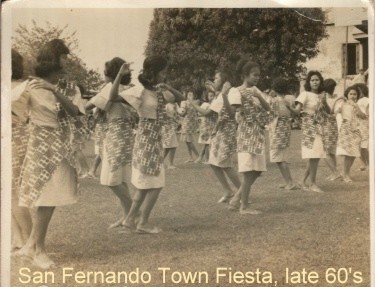 The Japanese Surrender
The Japanese Surrender
|
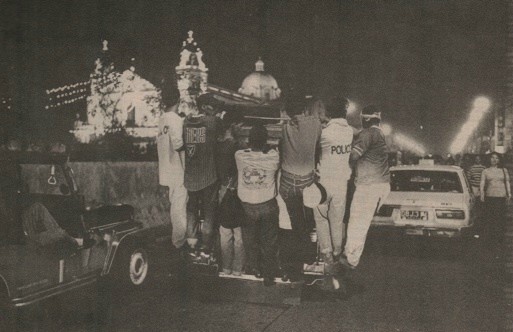 Sibuyan Celebration 20 years after the war
Sibuyan Celebration 20 years after the war
|
|
With one more atom bomb dropped in Japan at Nagasaki, the Japanese Imperial Government was forced to surrender.Japanese foreign minister Shigemitsu Mamoru signs the official instrument of surrender on September 2, 1945, formally ending World War 2. General Douglas MacArthur, Supreme Commander of the Allied Forces in the Pacific and the commander of occupation forces in Japan, received the surrender on the deck of the battleship U.S.S. Missousi.
|
The people of Sibuyan never really stop celebrating the feast of their patron saint Our Lady Of Immaculate Conception, the San Fernando Town Fiesta. Not even the world war could stop them of celebrating.
|
|